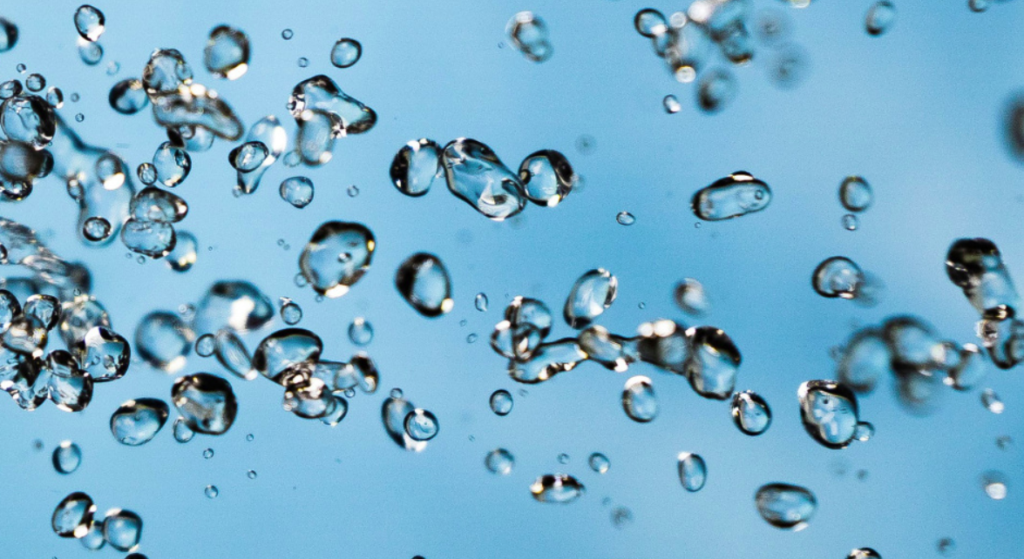
Everything we all learnt as kids might need to be revised in light of new research on water evaporation. Water evaporates when it becomes hot, as everyone knows, but MIT researchers have demonstrated that there might be a parallel evaporation mechanism that has been overlooked for a long time. Their work seems to indicate that evaporation can also be caused by visible light. Furthermore, it appears that some light wavelengths cause more evaporation than others.
Fundamental physics underlies the common heat mechanism of evaporation: heat gives water molecules energy, which accelerates them until they have enough momentum to break hydrogen bonds and transition from a liquid phase to a gaseous one. particular a particular quantity of energy input, we can calculate the amount of evaporation that should occur, and the results match reality. Thus, we can conclude that this is the main method of evaporation. Although light can transfer a tiny amount of thermal energy, the researchers think they have found something else.
The researchers soaked hydrogels in water for the investigation. Although these porous materials are excellent at retaining significant amounts of water, they are also replete with nooks and tunnels that expand the surface area where water and air can interact. This is crucial because the interaction between air and water is where evaporation happens. They found that when the hydrogels were subjected to visible light, some tests resulted in twice as much evaporation as one would anticipate from heat.
How can we be certain that it’s not just ambient heat? One is that the evaporation rate seems to be influenced by the color of the light. For instance, the greatest amount of evaporation occurs at green light wavelengths. If heat was the only factor at play, then all wavelengths ought to be equal. Furthermore, the group discovered that no extra evaporation was occurring after switching from light to a heater, according to ScienceNews.
To figure out the mechanism, the researchers examined the water vapor that was escaping from the hydrogel. They discovered proof that water molecules break apart and evaporate collectively in bursts. This is not the same as evaporation caused by heat, which happens one molecule at a time.
The paper was accepted for publication in the Proceedings of the National Academy of Sciences after undergoing peer review. But since this is only one study, there are still some important details lacking. The team, for instance, is unsure of the mechanism by which visible light causes water to evaporate. Nevertheless, there are many examples of unanticipated water behavior. Should subsequent research validate the impact, we may be confronted with an entirely novel evaporation mechanism. Water treatment, energy storage, and climate science may be impacted by that.